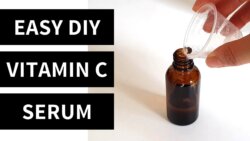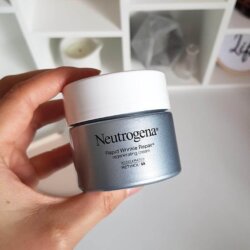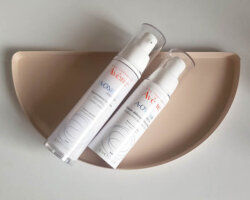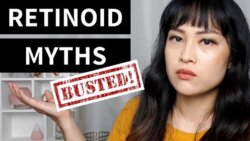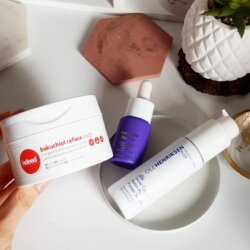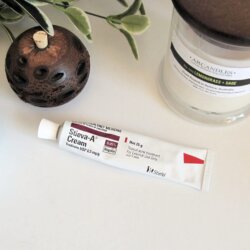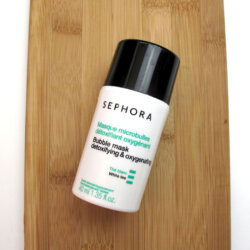Easy (5 Minute) DIY Vitamin C Serum Recipe
I’ve mentioned my super-easy DIY vitamin C serum a few times before on social media, and some of you have been asking me for the recipe… but I’ve been so distracted with other things I never got around to posting it until now. I’m sorry! Please forgive me. I hope the results make up for my tardiness! Here’s the video …
